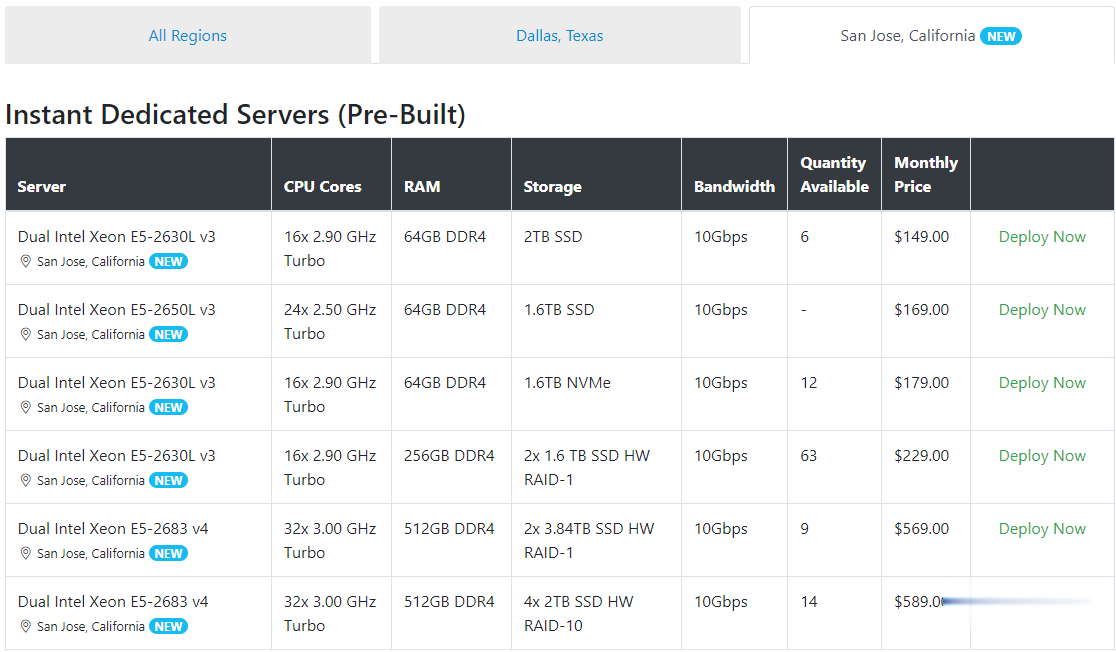时序内存时序的调节(Memory timing adjustment)
内存时序的调节Memory timing adjustment
The timing of the memory, it is a kind of general parameters stored in the memory of the SPD.
We see DDR3 as the timingof the memory 7-7-7-20, often 8-8-8-22,9-9-9-24 first introduced below, each part representing the meaning of small.
First give a complete memory timing
(cases) :7-7-7-20-4-89-10-7-20-0 1T, followed by the corresponding sequence introduced.
1.DRAM CAS Latency (tCL) : CAS memory
Latency refers to the "latency"memory read and write operation front row address controller, the parameters have great influence on memory bandwidth, smaller memory performance is high, whereas the lower, the higher the frequency of the memory operation parameters usually need to set the DDR3, according to the different physical memory, conservative setting is usually 7-9, too you can set different Cl values according to their own physical memory.
2.DRAM RAS to CAS
Delay (tRCD) : addressed to the column addressing delay time,the parameter setting of the memory bandwidth affect larger,smaller values better performance is usually conservative set 7-9.
3.DRAM RAS PRE
Time (tRP) : the memory address controller for pre charging time,the parameter setting has greater influence on memory bandwidth,the smaller the better numerical performance, conservative setting is usually 7-9, the number usually can be set to DRAM RAS to CAS Delay 1 numerical.
4.DRAM RAS ACT Time (tRAS) : the shortest cycle memory active to precharge, the value have little effect on memory bandwidth,conservative set is usually 20-24.
5.DRAM RAS to RAS Delay (tRRD) : unit to unit delay, the smaller the value the better, that is set to 5-7.
6.DRAM REF Cycle
Time (tRFC) :SDRAM refresh cycle time, the larger impact on memory bandwidth, usually set to 60, the relaxation parameters can be appropriate to enhance memory overclocking frequency,such as when the DDR3 memory overclocking above 2000MHz frequency is proposed, the value up to 88 or more.
7.DRAM WRITE Recovery Time (tWR) : write recovery time, the value of a slight influence on memory bandwidth, usually the parameter setting can be about 8-12.
8.DRAM READ to PRE Time (tRTP) : the memory pre charging time,usually set between 8-12.
9.DRAM FOUR ACT WIN Time (tFAW) : this option is usually set to
Auto, has little effect on performance and stability.
10.DRAM Back-To-Back CAS Delay: the smaller the value the better memory performance, usually set Auto can be manually set between 4-6.
11.DRAM Timing
Mode: the first memory command delay setting options, a greater impact on memory performance, up to 2N (2T) may be appropriate to enhance memory overclocking frequency, usually set to 1N (1T) .
-1T has less latency, memory system performance. But the poor compatibil ity.
-2T has a long delay, many more system memory. Compatibility and high stability. The recommended memory is set to 1T to achieve the best efficiency of memory.
12. for several parameters not mentioned in the BIOS part of the timing of the memory, in general can be set to AUTO.
2. small memory reference theory is as small as possible, but ultimately to a stable system as the goal.
3. OC can be simply understood as finding the minimum stable voltage in the target frequency, then adjust the order of the same can be simply understood as the minimum value for each parameter of the stable.
4. small parameter adjustment requires patience, not anxious.Parameter adjustment
CPU super memory overclocking FSB, there is a link between the three memory timing adjustment, basically is a start to back order.
Adjust the timing of the memory before the need to clear a few:Your 1. CPU frequency; frequency 2. of your memory; the nominal value of 3. with your memory.
Here I make a set, currently CPU FSB is 200 (frequency 20) ,memory chooses OCZ 1600 Platinum Edition (1.65V 7-7-7 nominal value) .
Because the CPU FSB lock in 200 (frequency 20) , then the memory I have chosen, according to several established frequency ratio (FSB:RAM) suitable for frequency: 1600 (2:8) and 2000 (2: 10) .As mentioned above, when the memory frequency is increased,especially when the nominal value, we need to increase the cost of small memory reference.
(1) if your memory work frequency is less than or equal to the nominal value of your memory, you can think of memory timing you can at least to the nominal level, for example, I choose the memory in the 1600 frequency, first set the timing of the memory is 7-7-7
1T, other AUTO, if they can successfully enter the system through memory and test, it shows you the timing of the memory is OK, I was like 7-7-7-24-5-89
1T, then continue to narrow part of the parameter values (Note:an adjustment, a variable and multiple variables, such as setting the truth) 7-7-7-21 (20) 1T, to see whether the stable,is still in the testing system (repetitive and boring work, so need to be patient. . . ) if it is stable. To continue, such as 7-7-7-21 (20) -5-60
1T, this I did not succeed; if not stable and slightly small parameter values, such as 7-8-7-21 (20) , f ind the minimum value of stability and so on.
Send my own map,
[http://valid.canardpc.com/cache/banner/1027841.png]
That figure can see the memory in 1600 frequency timing for 7-7-7-20 1T (7-7-7-20-5-89
1T) , personal recommendations mainly before adjusting the values of 6 parameters, before other reference interpretation of fine-tuning, or directly AUTO.
(2) if you work more frequently than the memory of your memory nominal value, you need to look at your physical memory, if a good cop, still can steady the nominal frequency, and the following general constitution directly in the nominal plus delay on 1-2 (three parameters) , the other AUTO system if you can reduce the stability test, then a small parameter value
method similar to (1) said. I put the CPU FSB down to 190recently, the memory is running 1900 (2:10) , note that when the memory overclocking voltage value is a very important parameter,personal recommendations as not more than 1.7 (daily) , I finally can be stabilized 1.64V platinum
1900MHz 9-9-9-24-6-105 1T, a map.
In addition, if the police wanted the general health of strong high frequency, can let the cops run 2T (not recommended) .To sum up, the ultimate goal is to seek the overclocking performance and stability of the equilibrium, a small ultra for super beverages.
Spinservers美国圣何塞服务器$111/月流量10TB
Spinservers是Majestic Hosting Solutions,LLC旗下站点,主营美国独立服务器租用和Hybrid Dedicated等,数据中心位于美国德克萨斯州达拉斯和加利福尼亚圣何塞机房。TheServerStore.com,自 1994 年以来,它是一家成熟的企业 IT 设备供应商,专门从事二手服务器和工作站业务,在德克萨斯州拥有 40,000 平方英尺的仓库,库存中始终有...

VirtVPS抗投诉瑞士VPS上线10美元/月
专心做抗投诉服务器的VirtVPS上线瑞士机房,看中的就是瑞士对隐私的保护,有需要欧洲抗投诉VPS的朋友不要错过了。VirtVPS这次上新的瑞士服务器采用E-2276G处理器,Windows/Linux操作系统可选。VirtVPS成立于2018年,主营荷兰、芬兰、德国、英国机房的离岸虚拟主机托管、VPS、独立服务器、游戏服务器和外汇服务器业务。VirtVPS 提供世界上最全面的安全、完全受保护和私...

GreenCloudVPS$20/年,新加坡/美国/荷兰vps/1核/1GB/30GB,NVMe/1TB流量/10Gbps端口/KVM
greencloudvps怎么样?greencloudvps是一家国外主机商,VPS数据中心多,之前已经介绍过多次了。现在有几款10Gbps带宽的特价KVM VPS,Ryzen 3950x处理器,NVMe硬盘,性价比高。支持Paypal、支付宝、微信付款。GreenCloudVPS:新加坡/美国/荷兰vps,1核@Ryzen 3950x/1GB内存/30GB NVMe空间/1TB流量/10Gbps...

-
vps国内VPS哪个好虚拟主机代理请问虚拟主机的代理和虚拟主机分销有什么区别?分销的主机是不是可以把主机分给多个用户使用?我用的ResellerClub代理!!免费国外空间国外免费空间有哪些好用?国内免费空间国内有没有好的免费空间啊域名购买域名注册和购买是一个意思吗?台湾主机台湾的第一台电脑重庆虚拟空间在重庆开一家VR体验馆价格要多少?手机网站空间我想建一手机网站,那位推荐一个域名便宜点的手机建站网址,空间小也没关系。虚拟主机控制面板如何利用虚拟主机控制面板对网站进行管理万网虚拟主机万网免费虚拟主机和收费虚拟主机有什么区别